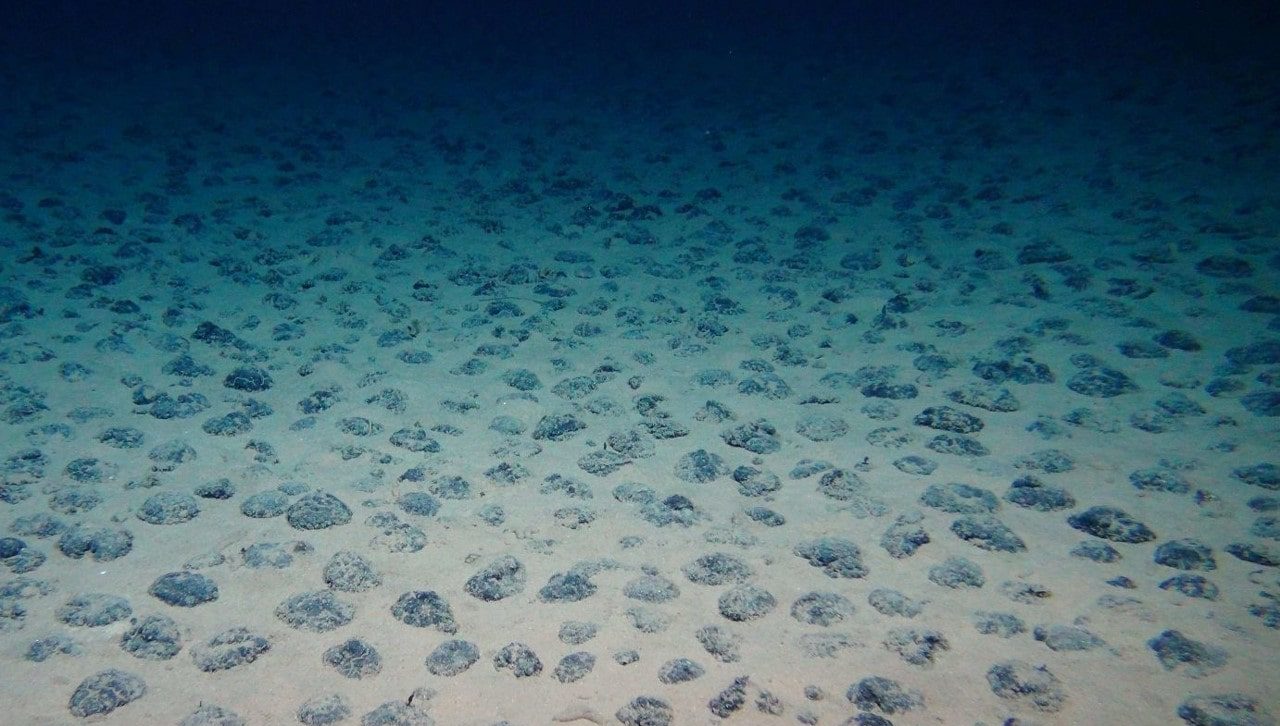
MIT develops model for predicting impact of seabed mineral collection with assistance from GSR
December 6, 2019
Press Release
A field experiment conducted in the Pacific Ocean has validated mathematical models to predict the behaviour of sediment plumes that are generated via return seawater from the collection of nodules.
In February 2018, GSR’s environmental manager Tom De Wachter and environmental engineer Céline Taymans joined an international research vessel in the Clarion Clipperton Zone to better understand the environmental impact of collecting polymetallic nodules from the seafloor. Specifically, the team was looking at the behaviour of sediment plumes that may be created by the discharge of seawater after it has been separated from the collected nodules.
MIT News has today published the film of the mission.
The international research team, which comprised academics and scientists from a range of disciplines, was led by Thomas Peacock, Professor of Mechanical Engineering and Director of MIT’s Environmental Dynamics Lab, and Professor Matthew Alford from Scripps Institution of Oceanography and the University of California San Diego.
They collaborated with Pierre Lermusiaux, a professor of mechanical engineering and ocean science and engineering, and Glenn Flierl, a professor of earth, atmospheric and planetary sciences, to create mathematical models that predict how sediment plumes travel through the water.
The successful field experiment demonstrates that the models developed by Peacock, Lermusiaux and Flierl can predict the behaviour of sediment plumes, which will be used by seabed mineral contractors to better understand, and therefore mitigate, environmental impacts.
Read the full MIT article & watch the video here.
